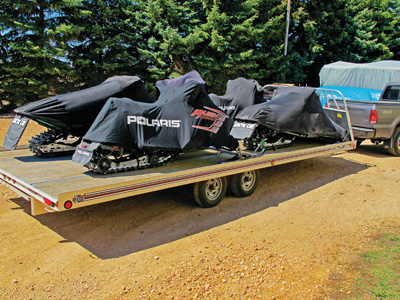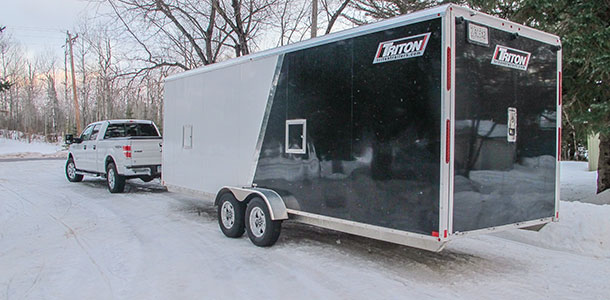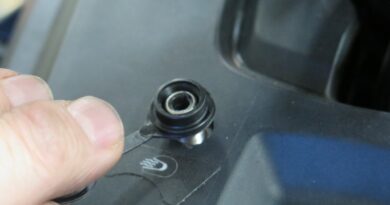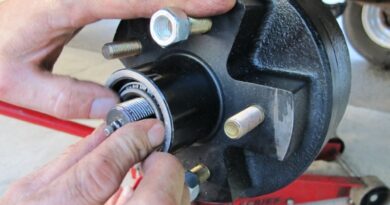Editor’s note: For the December 2021 issue of Snow Goer magazine, author David Wells pulled together an extensive, nine-page article covering all aspects of properly pulling a snowmobile trailer behind a pickup truck or SUV. You can find the full article in our Digital Edition; below is his sidebar on trailer maintenance that was included in the story.
Maintain Your Trailer Like A Pro
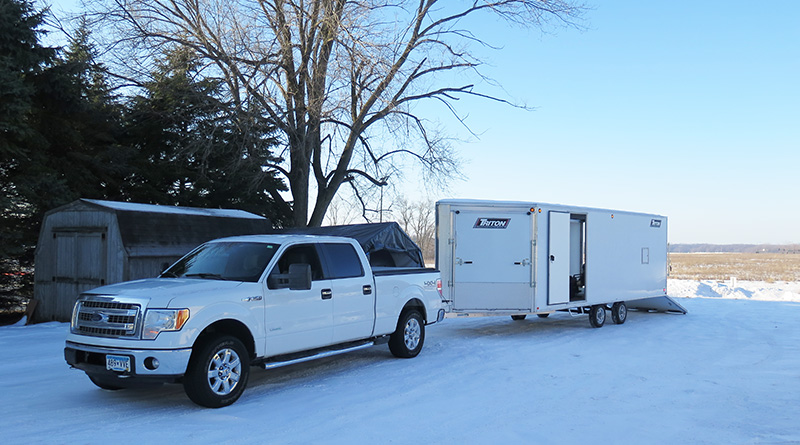
Maintaining your trailer properly takes a little time at the start of a season, but it can save you HUGE headaches later on during the riding season. The best time to do most of the work is while it is still warm and dry in the summer or fall. And don’t be afraid to get help from a professional trailer dealer or have them do the work for you.
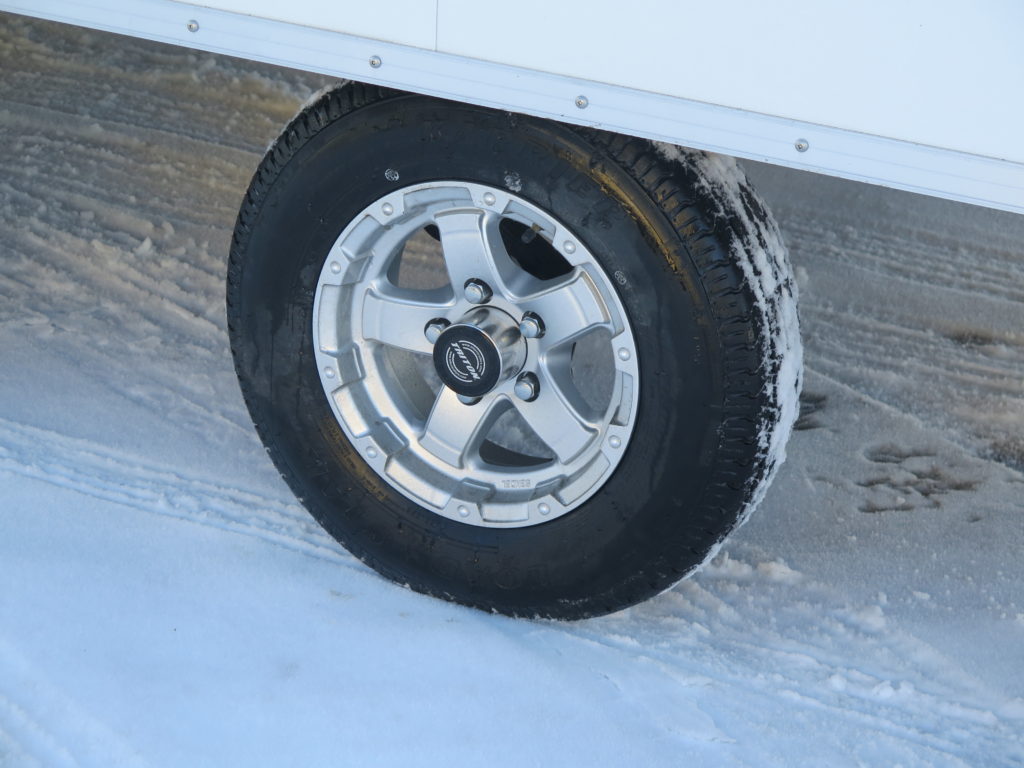
- Prepare your workspace in advance, and never work under your trailer unless it is supported by adequately strong, properly placed and secure jack stands on firm, level ground. Chock all tires, including a wheeled tongue jack, that are left on the ground.
- Start with a thorough visual check of the frame, top and bottom, and the enclosure. Look for bends, cracks, excessive corrosion, loose fasteners and wear at rotation points (tongue pivot, cap pivots, door hinges) that could compromise structural integrity. On steel trailers, sand away rust and touch up the paint. Also check tie-down anchors, axles and springs, door cables and any other structural items as part of this process.
- Check all tires, including the spare(s), for condition and proper inflation. Tubeless tires are not completely sealed systems, so they lose air pressure even when a trailer is up on blocks for the summer. Tires can also dry rot over time. Replace any tire showing side wall cracks, excessive or uneven tread wear, or excessive air pressure loss. Installing new tires on old rims is asking for trouble. Purchasing replacement tire and wheel assemblies will minimize cost and inconvenience by eliminating future problems with deflated tires. And remember that due to temperature changes, you will have to do a final air-up of all the tires before the first use in wintertime.
- Wheel bearings should be removed for careful inspection and possible replacement every two or three years. And the wheel bearing grease may need to be repacked annually, depending on their design. Wheel bearing neglect is probably the biggest mistake that casual trailer users make, and it can produce some of the biggest, most expensive headaches up to and including complete loss of sleds and trailer. So do not overlook this most important maintenance point. If your trailer has brakes, check them for wear, too. Then double check lug nuts for tightness after re-assembly.
- Check the tongue, coupler and safety chains, and lubricate the tongue jack. The cap on top of the jack usually pops off for this purpose. Safety cables can rot at the point of attachment to the trailer, so pay extra attention to this.
- Clean the electrical connector plugs. Replace any broken or blown lights and get all the lights working properly. The most common wiring problem is a bad ground. In an extreme case, run a new ground wire from the taillights up through the tongue to the connector plug. (White is the ground wire in a standard wiring harness.) Another common problem is deteriorating fold-over mechanical (Scotchlok) connectors. Replace them all with soldered and taped or heat shrink-wrapped connections.
- If you have electric brakes, check the brake adjustment and correct if necessary. Then check the breakaway switch operation and fully charge the battery. Also make sure that the brake controller in the truck is properly adjusted to begin to apply the trailer brakes just before the truck brakes are activated.
- Lubricate door hinges and springs with WD-40 or silicone spray to ease operation and prolong life. Check and lubricate tie-down cranks and all locks. Dry graphite works best as a long-term lock lubricant because it won’t dry out and cause a lock to stick or freeze up like liquid lubricants can do.
- Check the license plate, validation sticker, and paperwork to make sure you have the necessary documents with you prior to hitting the road.
- Finally, when storing your trailer for the off-season, put the trailer up on blocks to take the weight off the suspension and tires, and cover the tires to protect them from exposure to the summer sun.


